The FSX solution framework FSX utilizes a 3-step process to conduct technical feasibility, peer benchmarking, and partner ecosystem development.
Assess
Step 1:
Technology Landscape & Peer Identification
- Global CO2 policies: Completed a foundational study of policies and regulations favorable for CCU.
- CCU pathways: Prepared robust overview of all conversion pathways (e.g., CO2 electrolysis) and the subsequent end products (e.g., methanol).
- Competitor universe setup: Screened energy and industry peers who are direct competitors to the client and active in CO2 utilization.
Step 2:
TRL Assessment & Peer Benchmarking
- TRL screening: Built a pipeline of ongoing CCUS projects to ascertain TRLs; shortlisted pathways and end products for deeper study.
- Competitor analysis: Investigated competing O&G players activity in IP publishing, academic work, and R&D capital allocation.
- Benchmark: Compared positioning of client against competing peers; identified areas of agreement and areas of disconnect.
Most preferred companies
Model of engagement
Viability of GTM strategy
Entry barriers & success factors
Credibility of market claims
Model of engagement
Viability of GTM strategy
Entry barriers & success factors
Credibility of market claims
Action
Step 3:
Startup & Collaboration Analysis
Partnership ecosystem
- Assessed various joint ventures and technology partnerships, led by O&G players in CCU.
Startup engagement
- Identified collaborations and investments of O&G companies in CCU startups.
Market approach
- Analyzed research collaborations with universities and grants provided to academic institutions.





